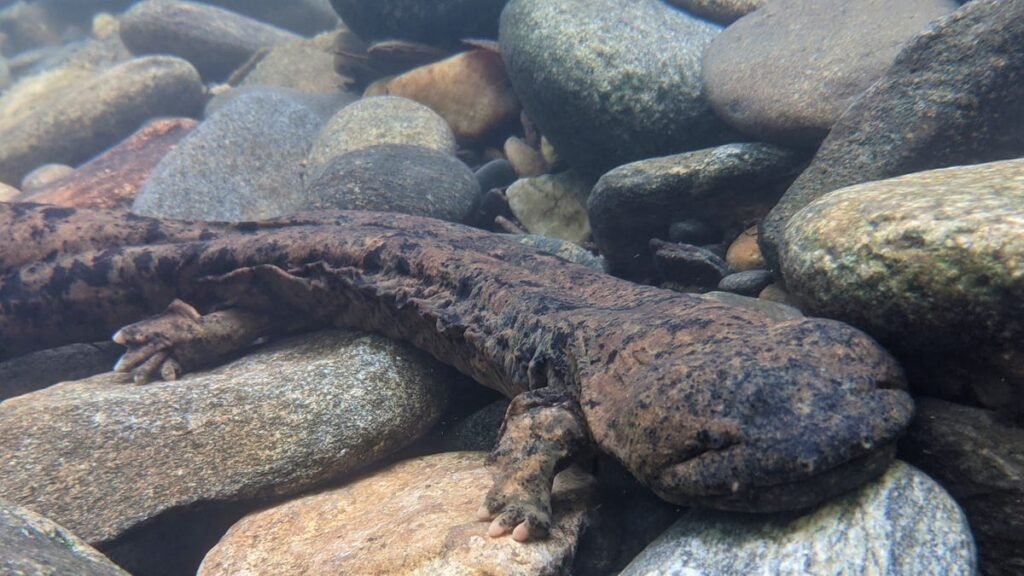Wildlife Paradise: Great Smoky Mountains National Park Ranks #2 for Animal Spotting
As someone who’s hiked countless trails through the misty ridges of the Smokies for over a decade, I’ve always known this magical place was special for wildlife encounters. Now, there’s scientific backing to what locals and regular visitors have long understood – the Great Smoky Mountains National Park is truly one of America’s premier destinations for wildlife watching!
According to a recent analysis by outdoor apparel company Kühl, our beloved Smokies ranked as the second-best national park in the entire United States for wildlife spotting. This is bear-y exciting news for those of us who treasure this natural gem nestled along the Tennessee-North Carolina border.
What Makes the Smokies a Wildlife Haven?
Having explored these mountains in all seasons, I can tell you there’s something magical about the biodiversity here. The Kühl study confirms what I’ve witnessed firsthand – the park is teeming with life. Researchers examined the presence of mammals, birds, reptiles, amphibians, fish, insects, spiders, scorpions, slugs, and snails across all national parks to determine their rankings.
The Great Smoky Mountains’ impressive second-place ranking isn’t surprising when you consider it’s home to:
- Over 65 species of mammals (including the beloved black bears)
- More than 200 varieties of birds
- An astounding 80+ types of reptiles and amphibians
- One of the world’s best environments for salamander diversity
- Thousands of insect species contributing to the ecosystem
Best Spots for Wildlife Viewing in the Smokies
After years of exploration, I’ve found some prime locations for animal encounters that I’m happy to share:
Cades Cove Loop
This 11-mile loop road winds through a picturesque valley where white-tailed deer graze in open fields, black bears forage along forest edges, and wild turkeys strut across meadows. Early morning or late afternoon visits increase your chances of seeing active wildlife.
Cataloochee Valley
Once you navigate the winding road to this remote valley, you’ll be rewarded with potential sightings of the reintroduced elk herd. Dawn and dusk during spring and fall rutting seasons offer spectacular viewing opportunities.
Roaring Fork Motor Nature Trail
This 5.5-mile one-way loop near Gatlinburg provides excellent opportunities to spot black bears, especially in summer months when they’re most active.
| Wildlife Viewing Area | Best Time to Visit | Common Wildlife |
|---|---|---|
| Cades Cove | Early morning/evening | Bears, deer, turkey, coyotes |
| Cataloochee Valley | Dawn/dusk | Elk, deer, turkey, occasional bears |
| Roaring Fork | Morning | Bears, salamanders, birds |
| Newfound Gap Road | Anytime | Birds, occasional bears, deer |
Wildlife Viewing Tips from a Smokies Regular
After countless wildlife encounters in these mountains, I’ve learned a few tricks:
- Timing is everything – Animals are most active at dawn and dusk
- Keep your distance – Stay at least 50 yards from bears and elk
- Bring binoculars – They’ll enhance your viewing experience without disturbing wildlife
- Be patient and quiet – Wildlife spotting rewards those who can sit still and observe
- Look for movement – Sometimes a subtle motion in the underbrush reveals hidden creatures
Conservation Success Story
What makes the Smokies’ wildlife diversity even more remarkable is that this wasn’t always the case. In the early 20th century, many species were threatened by extensive logging and hunting. The park’s establishment in 1934 and subsequent conservation efforts have allowed wildlife to rebound dramatically.
The reintroduction of elk in 2001 stands as one of the park’s greatest wildlife success stories. From an initial population of 25 animals, the herd has grown to over 200, delighting visitors who travel specifically to witness these majestic creatures.
Planning Your Wildlife Adventure
If you’re inspired to plan your own wildlife watching trip to the Smokies, consider visiting during spring or fall when temperatures are moderate and animal activity is high. Summer offers excellent bear-watching opportunities, while winter’s bare trees can make spotting wildlife easier against the sparse landscape.
Remember that patience and respect for nature are key to meaningful wildlife encounters. Bring a camera with a zoom lens to capture memories from a safe distance, and never feed or approach wild animals.
Beyond the Rankings: A Personal Connection
Numbers and rankings aside, there’s something truly special about rounding a bend on a quiet trail and locking eyes with a mother bear and her cubs, or watching the mist rise off Cades Cove as deer graze peacefully in the morning light. These moments create connections with nature that statistics can’t capture.
Have you experienced the wildlife wonders of the Great Smoky Mountains National Park? I’d love to hear about your own animal encounters in this remarkable wilderness. And if you haven’t visited yet, what are you waiting for? The second-best wildlife watching destination in America is calling!

